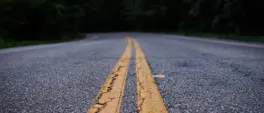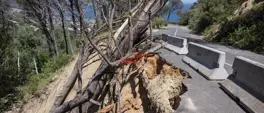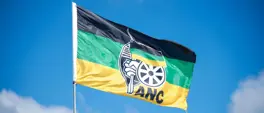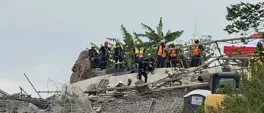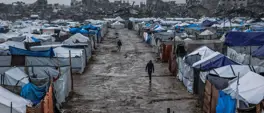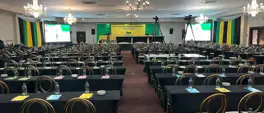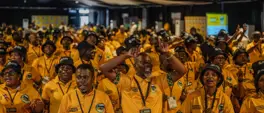MALAIKA MAHLATSI: Favelas in Brazil illustrate the danger of believing a single story
Malaika Mahlatsi
27 March 2024 | 15:44As someone who loves to travel, I know that the idea of ‘dangerous places’ is never innocent. It’s always linked to colonial and racist ideas about people, and a complete misunderstanding of the complexities of their lives, writes Malaika Mahlatsi.
A week ago, I boarded a flight from Johannesburg to Rio de Janeiro – the second most populous city in Brazil.
Rio, as it is called, is known for many things. It is home to the world-famous Copacabana and Ipanema beaches, the 38-metre-long Christ the Redeemer statue, Sugarloaf Mountain, the Museum of Tomorrow, and many other tourist attractions.
But Rio, and Brazil as a whole, is also known for its favelas – densely populated slums or ghettos where the poor, working-class population in urban areas historically lived. Favelas in Brazil, much like townships in South Africa, are situated near central business districts and were historically established as labour reserves for working men and women who migrated from rural Brazil (and neighbouring countries) in search of better economic opportunities.
Most of them emerged in the period of the 1950s to the 1980s due to urban migration. According to the Brazilian Institute of Geography and Statistics, roughly 9% of the Brazilian population of just over 217 million people live in the 11,403 favelas in the country.
Last weekend, I spent time in three favelas in Rio – Rocinha, Vila Canoas, and Cidade de Deus.
Rocinha is the second-largest favela in Latin America by land area. With just over 200,000 inhabitants, it is also the most populous favela in Brazil. The much smaller Cidade de Deus was used as a backdrop in the 2002 film of the same name - City of God.
Whereas the two said favelas have historically been run by organised gangs, Vila Canoas is the exception in that it has never been run by gangs. One would imagine that favelas run by gangs are extremely dangerous places for tourists to visit. When I shared my travels in Brazil on social media, many comments advised against visiting favelas, citing extreme danger. But being a geographer by profession, I know too well that colonial and racist grammar is often used in the context of travel to developing countries.
As someone who loves to travel, I know that the idea of “dangerous places” is never innocent. It’s always linked to colonial and racist ideas about people, and a complete misunderstanding of the complexities of their lives.
This is why when I’ve shared my travels on social media, no one told me to be careful when I travelled across Europe. No one ever advises caution when travel is to the United States of America. This is despite the fact that in the USA, more than 50 mass shootings have occurred since the beginning of the year, and as of mid-February this year, 4,994 people have died from gun-related violence.
The United Kingdom is the knife crime capital of the world. Consider that in 2022, England and Wales recorded 49,265 knife-related crimes. Yet, no one tells you to be careful when traveling to the USA or the UK, because the narrative is that violence happens in developing countries among "savages" – the poor who commit crime for sport.
And so, I visited the favelas, guided by a fellow geographer, Mateo, who lives in the Rocinha favela.
Favelas, underdeveloped and densely populated, are evidently spaces of Brazil’s poor. Streets are lined with piles of trash, houses are built on top of each other, some using scrap material for construction, loose electrical wires hang on every pole as the majority of residents do illegal electricity connections, water tanks can be seen everywhere, with large pipes protruding on them, evidence of illegal groundwater connections, and street vendors sit on the streets selling everything from food to skin lightening creams.
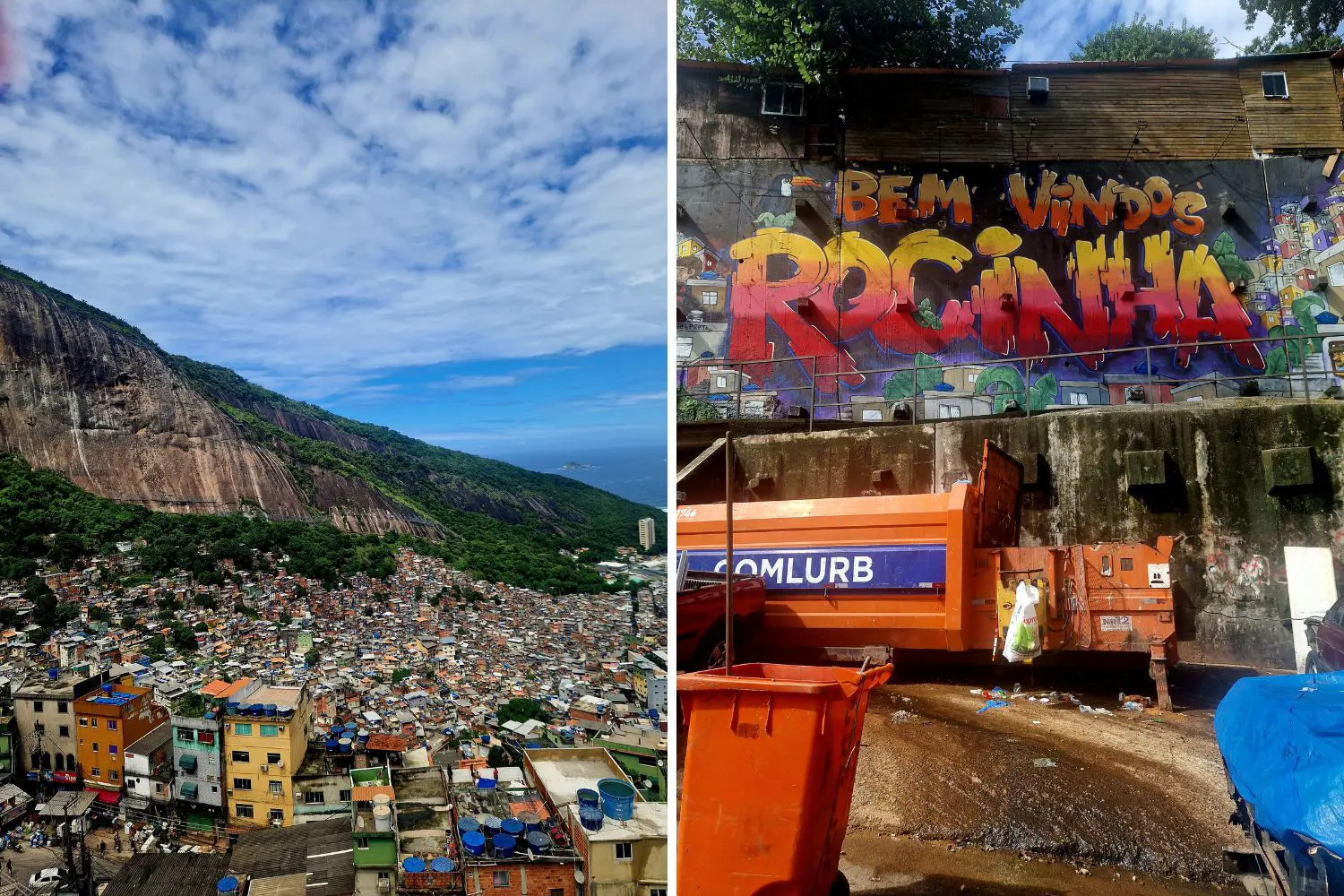
Favelas, underdeveloped and densely populated, are evidently spaces of Brazil’s poor. Picture: Supplied/Malaika Mahlatsi
I took many photos. But there were areas where taking photos is strictly prohibited – areas where drug dealers have their merchandise out in the open on tables, selling to anyone who wants them, with the ease of selling fruit and vegetables.
Young men with AK47s and other assault rifles can be seen standing around these tables guarding their merchandise and the sellers. When you walk past these heavily armed individuals, they either greet or nod to acknowledge your presence in the most polite way.
I finally understood what Mateo meant when he stated at the beginning of the tour that a tourist is safer in a favela than they are in the tourist suburb of Copacabana.
The issue of safety in favelas is nuanced. In gang-controlled favelas such as Rocinha, there’s a strict rule that no harm should befall tourists. Gangs forbid the mugging or abuse of tourists for two reasons.
Firstly, the gangs know that crimes against tourists will inevitably involve the police. They don’t want to attract the police into favelas, as this would affect their bottom line.
Secondly, the gangs benefit from tourists as many of those who buy drugs in favelas live outside of them – including in affluent areas such as Ipanema, and in tourist suburbs like Copacabana. For gangs, tourists are potential clients, not prey.
But nuances didn’t end here. Mateo informed us that residents of the favelas have complex relationships with the gangs. The gangs run social development programmes, including food banks, which communities benefit from. We visited one such food bank in Rocinha, which is operated from a warehouse where recycling also occurs. The property is owned by the largest gang in the favela and is used to the benefit of the community.
Gangs also provide financial assistance to poor families. As police do not operate inside the favelas, with their presence limited only to the main road, the gang in Rocinha provides security services to the people and tourists.
Gangs in favelas are basically the government.
This is in no way a romanticisation of gangs in favelas. Drug-related crimes are devastating to the people of Brazil and should not be glamourised. But there are nuances that must be understood about people and their circumstances.
I learned that in Rocinha and Cidade de Deus, despite the sale of drugs that happens in the open, some drugs, such as crystal methamphetamine and crack cocaine, are strictly prohibited.
According to Mateo, the reason for this is that drug lords don’t want their communities turning into the zombie towns that emerged in the USA at the height of the crack epidemic in the 1980s and 1990s, as described in journalist Donovan X Ramsey’s When Crack Was King: A People’s History of a Misunderstood Era.
This in itself reflects the nuances of favelas and those who run them.
The complexity of life in Brazilian favelas is reflective of the nuances that define the lives of the poor everywhere in the world. It is also an illustration of the many ways in which narratives that are often perpetuated by Western media, scholars, populations, and governments shape how our knowledge and experiences of the developing world.
But such narratives are problematic because they lack nuance. When we regurgitate them, we perpetuate the dangers of stereotyping people. And, as Nigerian author, Chimamanda Ngozi Adichie, argues: "The problem with stereotypes is not that they are untrue, but that they are incomplete. They make one story become the only story."
And the danger of a single story is that it denies us an opportunity to appreciate human beings in their layered, authentic, and full selves.
I am glad that I went to the favelas, because it affirmed what I’ve experienced in many of my travels - that it is not only in the working-class neighbourhoods that you truly see a country, but also there where you feel its true warmth.
Malaika Mahlatsi is a geographer and researcher at the Institute for Pan African Thought and Conversation. She is a PhD in Geography candidate at the University of Bayreuth in Germany.
Get the whole picture 💡
Take a look at the topic timeline for all related articles.
Trending News
More in Opinion
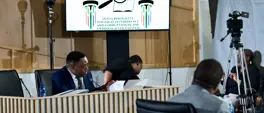
12 December 2025 15:34
CHARLES MATSEKE | The Republic of commissions arrives at its point of no return

12 December 2025 14:15
REBONE TAU | Ekurhuleni needs bold, decisive leaders to reverse years of capture

12 December 2025 05:13
MANDY WIENER | Searching for a superhero with a spine of steel: Why the position of NDPP matters so much
